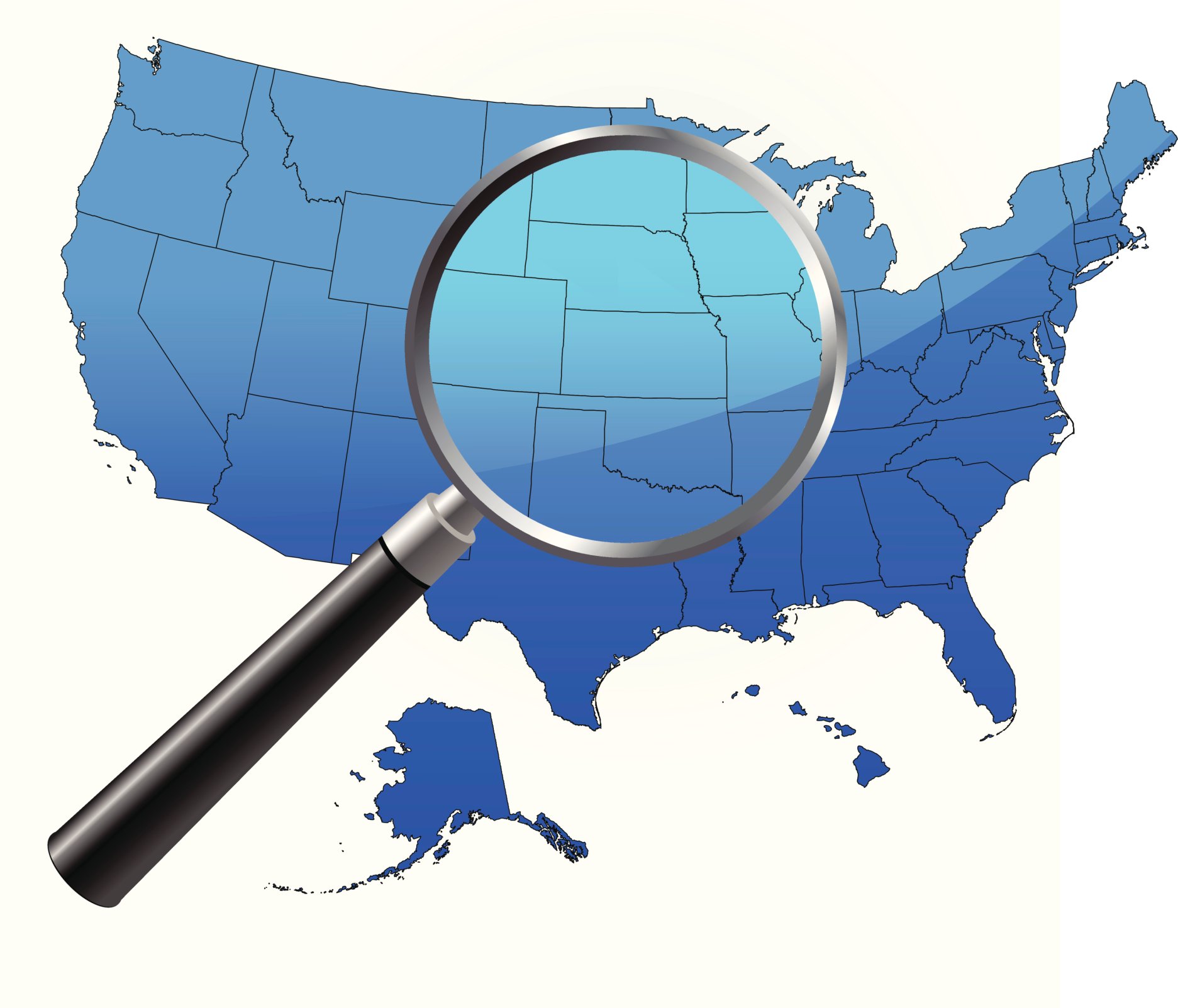Jobs
Unemployment Rate at 7% in Nevada and West Virginia
Published:
Last Updated:
While the U.S. unemployment rate hovers around 5.5%, and America added 280,000 jobs in May, some portions of the country have not entirely escaped the tail end of the recession. The jobless rate is 7.0% in Nevada and 7.2% in West Virginia. Source: Thinkstock
Source: Thinkstock
One of the best ways to evaluate how badly off the employment situations are in the two states is to look at the other side of the job market by state. The unemployment rate is below 4% in 10 states: Vermont (3.6%), Utah (3.5%), South Dakota (3.8%), North Dakota (3.1%), New Hampshire (3.8%), Nebraska (2.6%), Montana (3.9%), Minnesota (3.8%), Iowa (3.8%) and Idaho (3.9%). It pays to live in the Plains states.
The unemployment pace is going in opposite directions in West Virginia and Nevada. The unemployment rate in Nevada was 7.9% a year ago in May. It was 6.7% in West Virginia in that same month. Regardless of which way the jobless rate moves in the two states, neither affect the national figures much. West Virginia is that 38th state ranked by total population at 1.85 million. Nevada is 36th at 2.8 million.
Based on state figures, nationwide the bounce back from the recession has slowed, now that the recovery has entered a third year. According to the Bureau of Labor Statistics:
Regional and state unemployment rates were little changed in May. Twenty-five states had unemployment rate increases from April, 9 states and the District of Columbia had decreases, and 16 states had no change, the U.S. Bureau of Labor Statistics reported today. Forty-five states and the District of Columbia had unemployment rate decreases from a year earlier and five states had increases. The national jobless rate was essentially unchanged from April at 5.5 percent and was 0.8 percentage point lower than in May 2014.
Not much comfort to many of the residents of Nevada and West Virginia.
ALSO READ: The Best and Worst States to Be Unemployed
A financial advisor can help you understand the advantages and disadvantages of investment properties. Finding a qualified financial advisor doesn’t have to be hard. SmartAsset’s free tool matches you with up to three financial advisors who serve your area, and you can interview your advisor matches at no cost to decide which one is right for you. If you’re ready to find an advisor who can help you achieve your financial goals, get started now.
Investing in real estate can diversify your portfolio. But expanding your horizons may add additional costs. If you’re an investor looking to minimize expenses, consider checking out online brokerages. They often offer low investment fees, helping you maximize your profit.
Thank you for reading! Have some feedback for us?
Contact the 24/7 Wall St. editorial team.